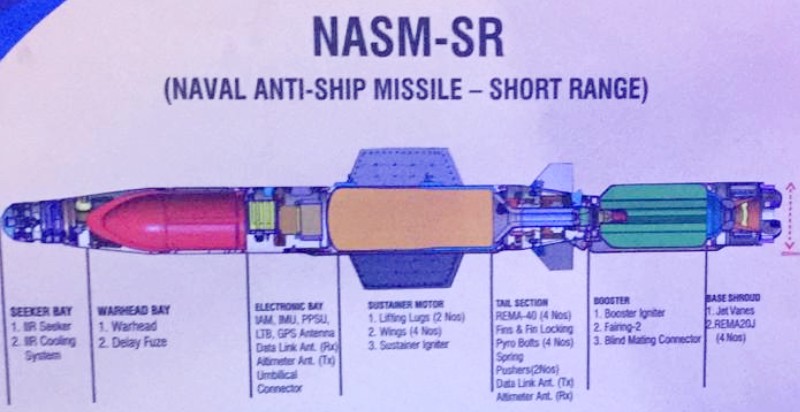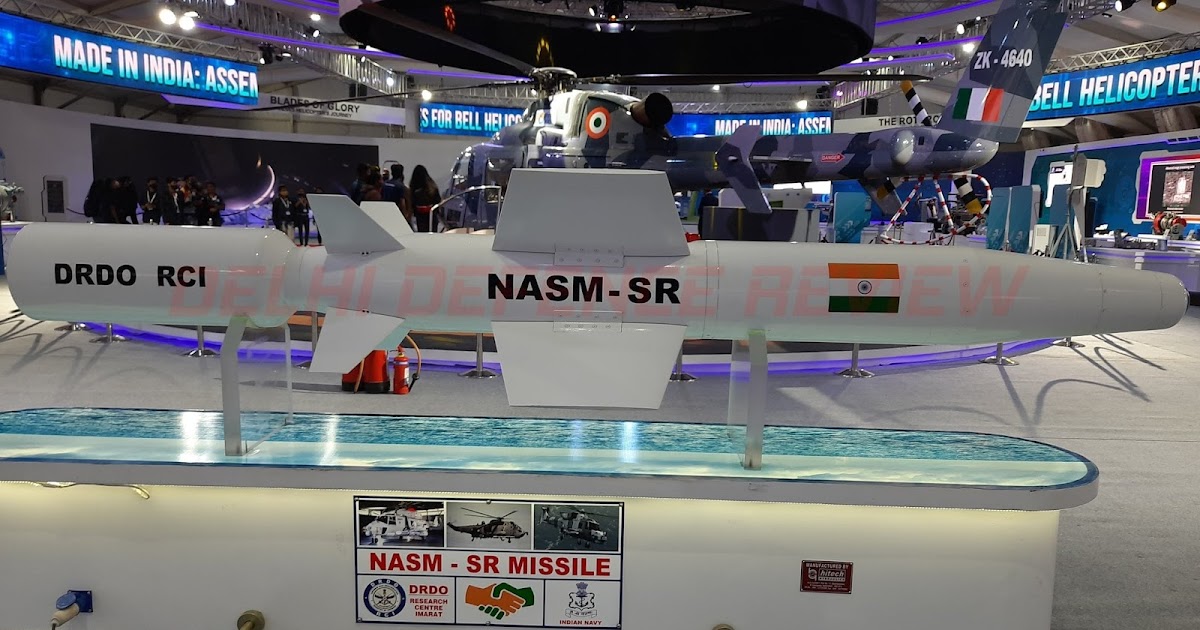At the Integrated Test Range in Balasore, Odisha, the Navy recently tested an indigenous Naval Anti-Ship Missile (Short Range) or NASM-SR from a Sea King helicopter. An examination of its effectiveness and the important role it can play in modern naval combat.

The Defence Research and Development Organisation created the NASM-SR (DRDO). It was first brought to the attention of the general public in 2018, when then-Defense Minister Nirmala Sitharaman mentioned it in Parliament. It was later included as an exhibit at the Lucknow 2020 Defence Exposition.
The NASM-SR weighs 385 kg and has a range of 55 kilometres. The Sea Eagle missiles now in service by the Navy will be replaced by this missile. The NASM-SR is planned to be utilised with the new MH-60R multi-role helicopters being introduced into the Navy, while the Sea King helicopters are also being phased out.
The NASM-SR has a 100 kilogramme warhead and subsonic capabilities, which means it travels at 0.8 Mach below the speed of sound. Because of its subsonic flying speed, it is difficult for naval boats on target to identify it.
When on final approach to the target, it has a maximum launch height of 3 km and may skim 5 metres over sea level.
The NASM-SR may also be used to attack ships at sea from the coast.
The Ukrainian military recently demonstrated this capacity by sinking the Russian ship Moskva with an anti-ship cruise missile launched from land.
The NASM-SR is particularly effective against smaller vessels such as patrol boats, but it can also inflict significant damage to bigger ships. The missile’s reduced payload can still be effective if it is directed towards important portions of a ship, such as fuel and munitions storage places.
In modern naval battle, it has been demonstrated that even a little missile attack may destroy a ship due to the implosion generated by on-board fuel and munitions.
Additionally, the missile’s smaller size makes it easier for helicopters to transport it, giving Naval Commanders additional alternatives in the tactical warfare on the seas.

